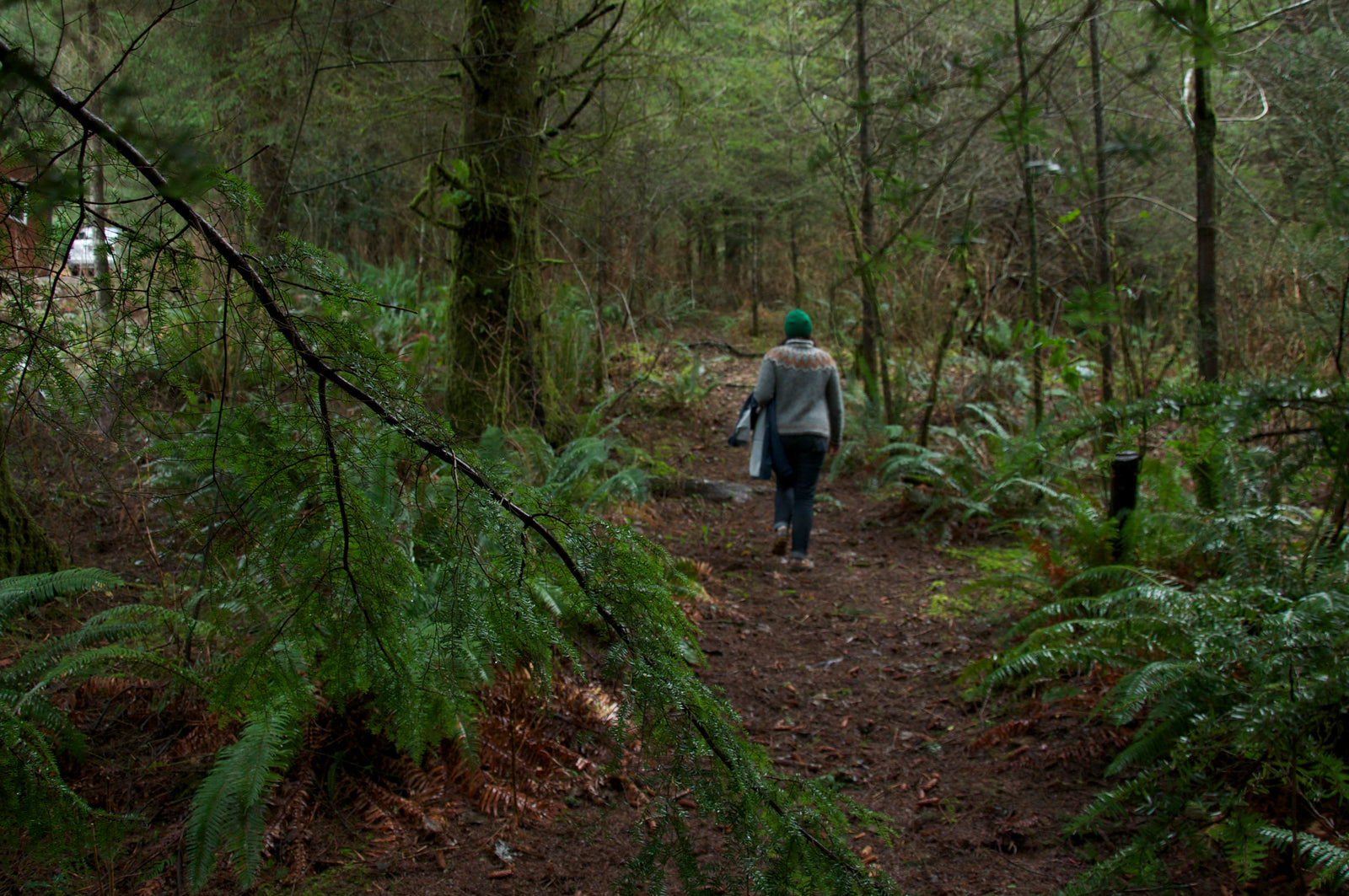Free US Shipping Over $125 📦 Ships From Oregon
We wrote a free educational series about our favorite material, from how it's made to spotting vintage quality
More Information
Customer Service
Our blog"In a Nutshell" is written by humans:
- how-to guides
- in-depth articles
- photo essays
the official blog of Walnut Studiolo
Monthly newsletter and occasional announcements
*code will be in welcome email
Thank you!
